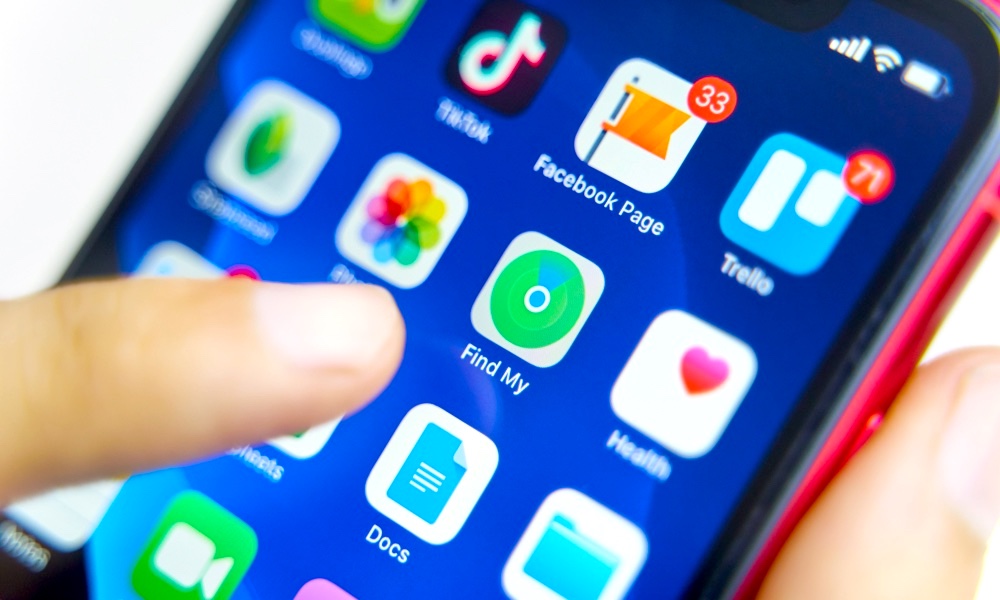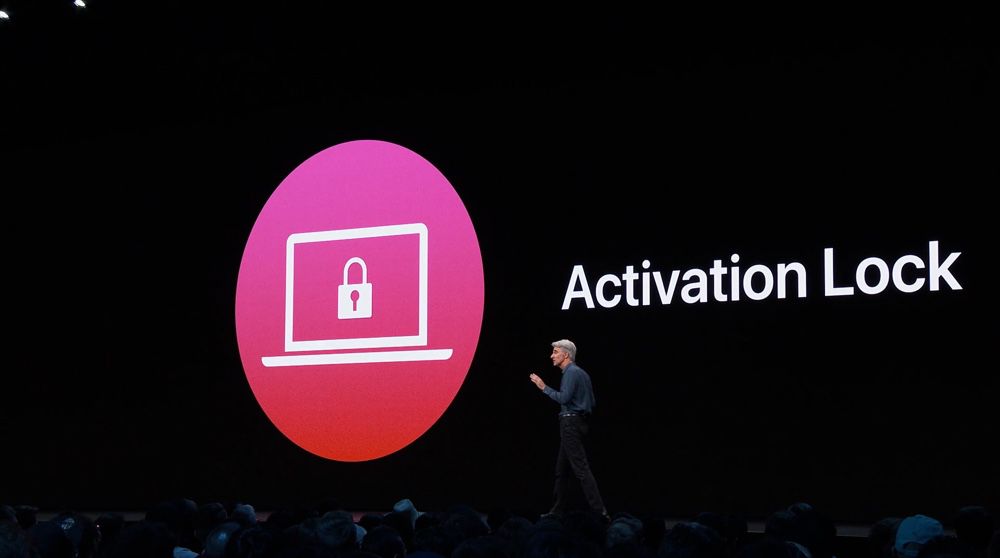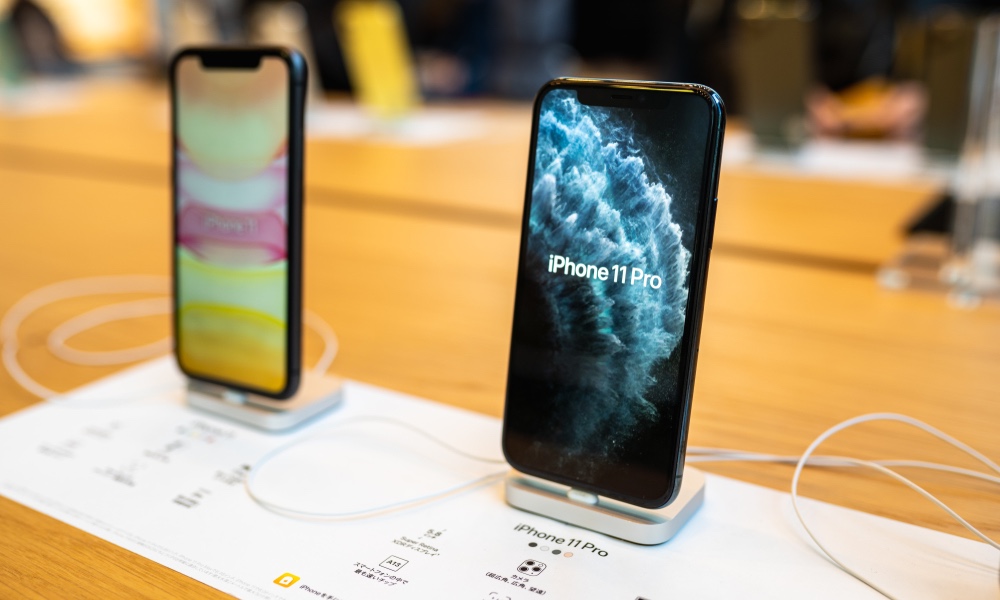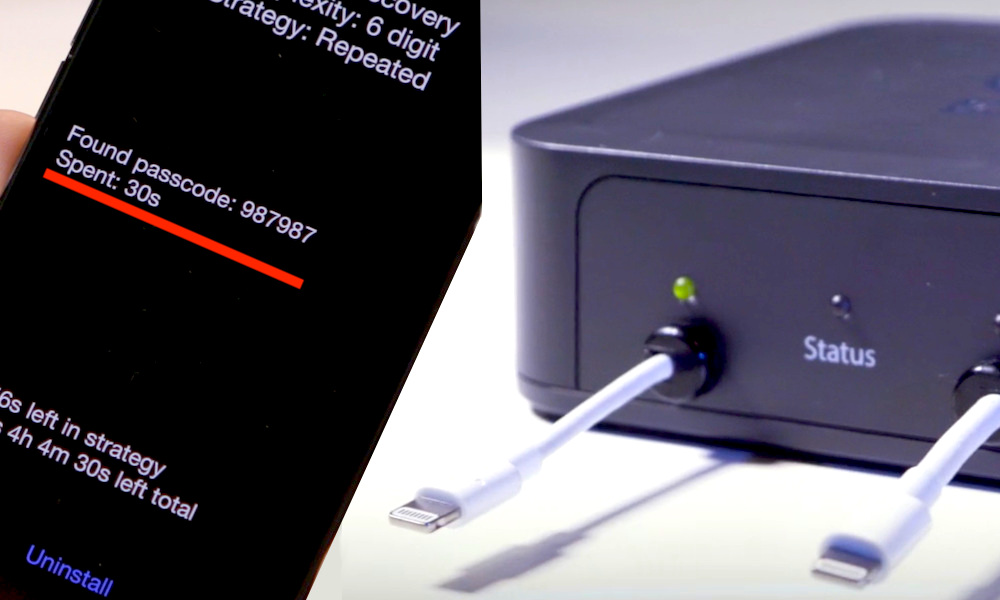All of the Reasons Why Thieves Won’t Go for Apple Devices
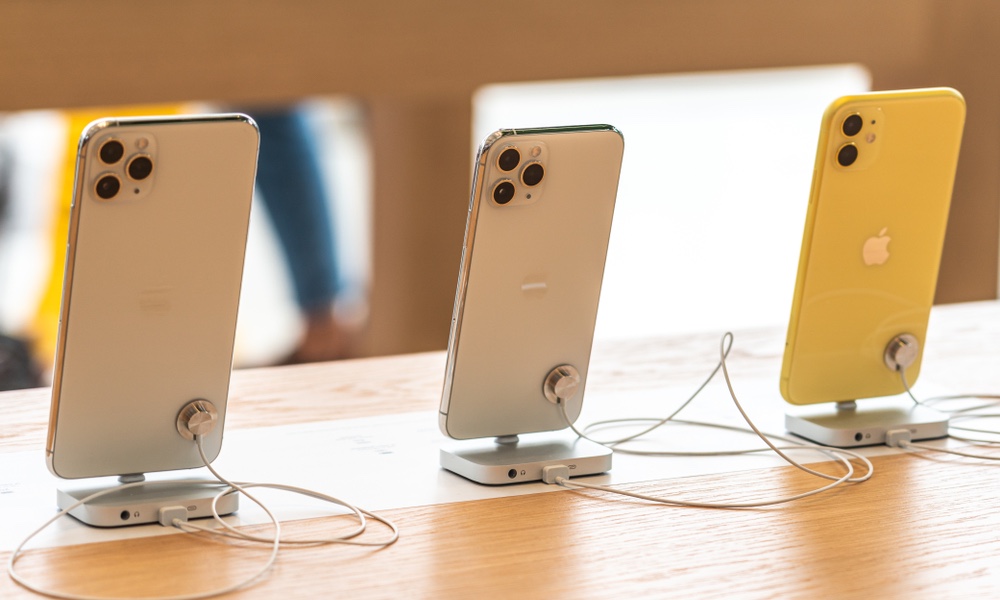 Credit: mariakray / Shutterstock
Credit: mariakray / Shutterstock
Apple devices may seem like a highly sought-after target for thieves because of their demand and high price. But, as we’ve seen in the past, many thieves apparently think twice before nabbing an Apple product. To be clear, that doesn’t mean Apple devices don’t get stolen. But they do have a number of features and mechanisms that make them less attractive to thieves (and easier to recover if stolen). Continue reading to browse the most important of those features.
Find My App
The Find My app is a handy way for users to locate their lost Apple gear. But it’s also a powerful theft deterrent, since users can actively track the location of stolen or missing devices. Recent versions of Find My can even track devices like MacBooks when they aren’t connected to the internet.
Users can, of course, recover devices that they simply misplaced. But the location tracking could also be a useful tool for the authorities to get stolen Apple devices back. Even more, we’ve seen at least one case in which the Find My pinging feature actually lead to the arrest of two would-be Apple Watch thieves.
iOS Security
iPhones are not “hack-proof,” but they are extremely resistant to attempts at bypassing their encryption. For users, that means that their personal data will typically remain safe even if their device physically falls into the wrong hands. But the strong encryption on iPhones is also a great measure against theft.
Consider the fact that many law enforcement entities have stockpiles of iPhones that they can’t unlock. If government agencies have a hard time getting into iPhones, thieves do as well. That has lead to the creation of an underground culture of iPhone hacking. But the average thief likely doesn’t have access to many of those techniques and tools.
Activation Lock
Even if a thief manages to bypass the passcode or biometric authentication on a device, a feat that is much more difficult than it may seem, there’s still one last major hurdle they have to overcome before it becomes usable: Activation Lock. Since its debut in 2015, the feature has led to a dramatic drop in iPhone theft.
That’s because Activation Lock requires a user’s Apple ID and password to disable Find My iPhone. Unless an iPhone owner falls for a phishing attempt or manually logs out of their iCloud account, it’s incredibly difficult if not impossible to disable this feature without sophisticated tools and knowledge.
Display Model Switches
So user-owned Apple products are nearly impossible to break into. But what about the display devices at brick-and-mortar Apple retail locations? It turns out that those devices may actually be a worse target for most thieves.
That’s because all Apple display products have a special OS image installed onto them. That image automatically activates a “kill switch” which renders a device useless when it leaves the premises of a store. All a stolen device can do is send a location back to the store until it dies. And at that point, it’s a brick.
Apple’s Vigilance
Apple is well-known for its commitment to protecting its user’s privacy. But the Cupertino tech giant is also a staunch defender of the security of its devices. Many of its platforms are highly resistant to attempts at installing malware, for example. And when it comes to physical device security, Apple does a great job, too.
Just look at the GrayKey, an iPhone hacking device that could bypass the encryption on an iPhone. In the wake of that device’s launch and sale to many law enforcement agencies, Apple issued a software patch that effectively rendered it useless. In other words, one of the main reasons why Apple’s device is so secure is that Apple takes security seriously.

